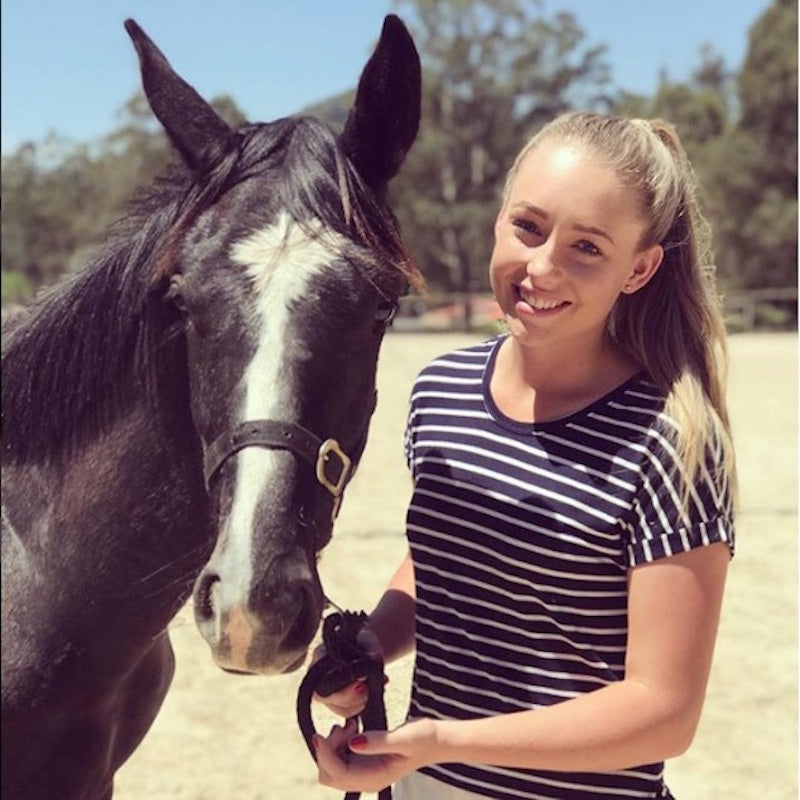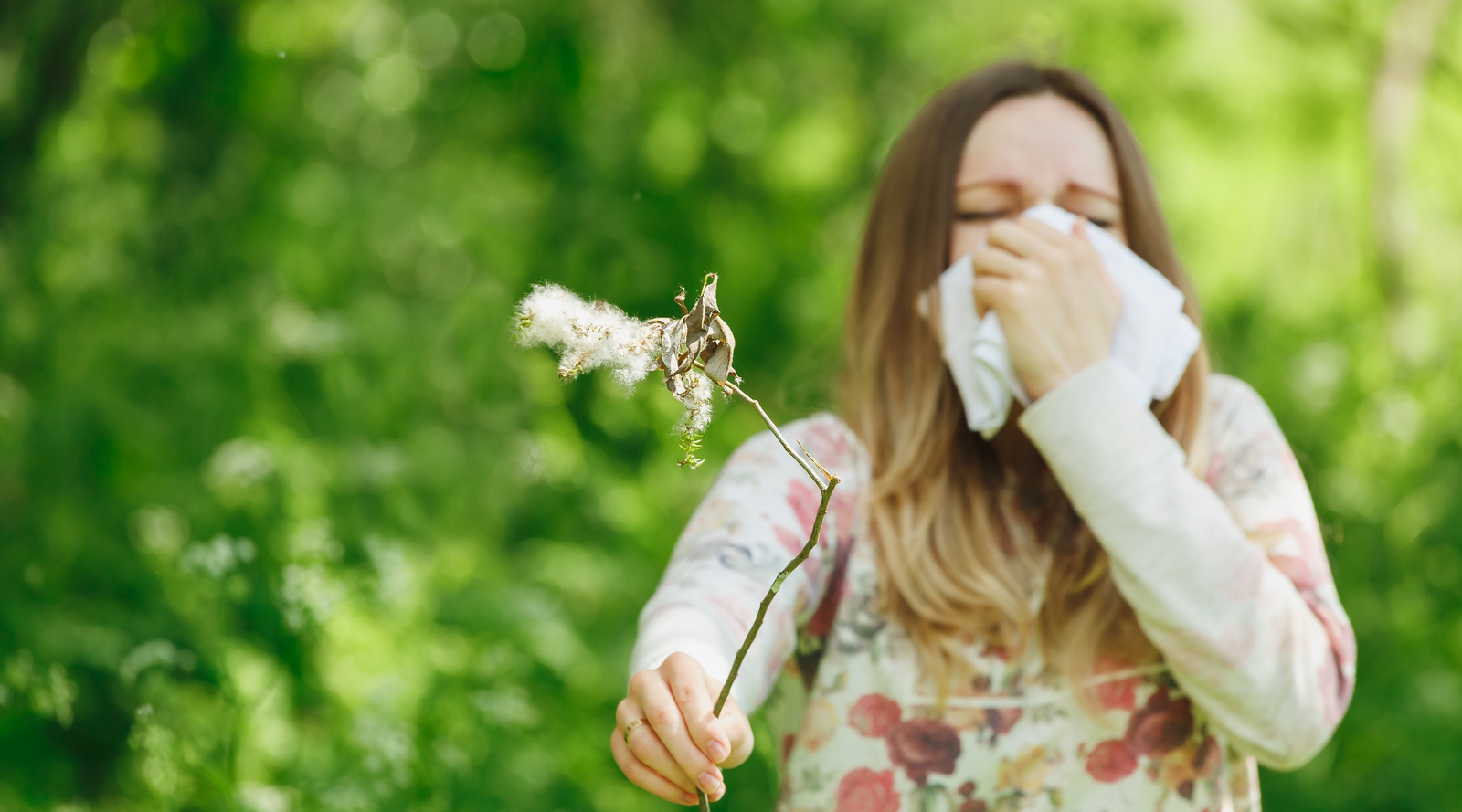Christmas delivery cut off: MIDNIGHT 16th DECEMBER - Last orders for a pre-Christmas dispatch. MIDDAY 18th DECEMBER - Order collections close. MONDAY 5th JANUARY - Hippo HQ re-opens.
Christmas delivery cut off: MIDNIGHT 16th DECEMBER - Last orders for a pre-Christmas dispatch. MIDDAY 18th DECEMBER - Order collections close. MONDAY 5th JANUARY - Hippo HQ re-opens.
Horse & Rider
Cushing’s Disease in Horses: Causes, Risks & Management & Getting a Diagnosis
by Fiona Lane December 09, 2025

Confirming a diagnosis of Cushing’s disease in horses isn’t always straightforward. Symptoms can be mistaken for other conditions – such as laminitis – or in the case of excessive hair growth and weight loss, can happen so gradually that they can be hard to spot early. That’s why understanding the risk factors and symptoms for managing a horse with Cushing’s disease is so important.
Key Highlights
-
Symptoms of Cushing’s disease in horses often develop gradually, making early detection challenging.
-
The condition is caused by changes in the brain that affect the pituitary gland, leading to hormone imbalances and excessive cortisol production.
-
Horses most at risk from Cushing’s disease are those over 15 years old, certain breeds such as ponies, Morgans and Quarter Horses, and those with Equine Metabolic Syndrome.
-
If unmanaged, Cushing’s disease can contribute to laminitis, muscle wasting, immune system issues, and changes in coat condition.
-
Management strategies include feeding a low-sugar diet, monitoring weight and coat changes, and supporting immune and metabolic health.
-
Hippo Health offers a Cushing’s Support remedy to help support horses experiencing symptoms.
Recognising the symptoms of Cushing’s disease early allows you to put effective management strategies in place. In this blog, we’ll explore the causes, risks, diagnosis, and natural support options to help maintain your horse’s quality of life.
What is Cushing’s Disease in Horses?
Cushing’s disease, or Pituitary Pars Intermedia Dysfunction (PPID), is a progressive disorder of the pituitary gland - part of the endocrine system which plays a vital role in hormone production and regulation. The condition causes an overproduction of adrenocorticotropic hormone (ACTH) in horses, stimulating the adrenal glands to produce too much cortisol, which in turn disrupts normal bodily functions.
Causes of Cushing’s Disease in Horses
Cushing’s disease in horses occurs when neurons in the hypothalamus in the brain that produce dopamine start to degenerate, affecting normal hormone production regulated by the pituitary gland.
Are some horses more prone to Cushing’s disease than others?
Yes. Horses that are over 15 years of age and some breeds such as ponies, Morgans, and Quarter Horses appear to be more commonly affected.
Horses with a history of insulin resistance or Equine Metabolic Syndrome (EMS) and those with a genetic predisposition to developing pituitary tumours can also be more prone to developing Cushing’s disease.
Can Cushing’s Disease be prevented?
Unfortunately, no. However, feeding a balanced diet, keeping weight in check, and managing your horse’s stress levels can help to reduce the risk of them developing this condition.
What Are the Symptoms of Cushing’s Disease in Horses?
The symptoms of Cushing’s disease tend to develop gradually, which can make early detection difficult. Many of the signs are subtle at first and can be mistaken for normal ageing or other health conditions, leading to a delayed diagnosis. This slow progression is why regular monitoring of older horses is crucial. Recognising the symptoms early can lead to management techniques more effectively improving a horse’s quality of life.
Horses with Cushing’s disease may display one or more of the following symptoms:
-
Excessive Hair Growth (Hirsutism): A coat that grows long and curly and doesn’t shed properly in warmer months.
-
Weight Loss and Muscle Wasting: a swayback and potbelly appearance due to muscle loss.
-
Laminitis: Recurrent flare-ups can indicate insulin resistance due to endocrine disruption. This may also be a sign of Equine Metabolic Syndrome, which can be a precursor to Cushing’s disease.
-
Increased Thirst and Urination: Constant thirst, drinking more than usual and urinating more frequently.
-
Weakened Immune System: Wounds that heal slowly or won’t heal at all, or wounds that frequently become infected.
-
Fat Deposits: Fat accumulation usually above the eyes, along the neck, or around the tail head.
-
Lethargy or Behavioural Changes: Reduced energy levels and noticeable changes in temperament over time.
-
Reproductive Issues: Infertility in mares or irregular cycles.
The gradual onset of symptoms can make Cushing’s Disease difficult to diagnose.
Why routine observation matters
Cushing’s disease symptoms can mimic normal ageing or overlap with other conditions, so routine observation is one of the most powerful tools you have as a horse owner. Keeping track of even small changes in behaviour, coat condition, or water intake can make it easier to spot issues early. Simple habits, like doing a weekly body condition check or tracking seasonal changes in coat, can provide valuable insights that support both your horse’s wellbeing and any discussions with your vet.
What to Do If You Think Your Horse Has Cushing’s Disease
There are some steps you can take straight away to support their health and wellbeing while you work towards a formal diagnosis.
1. Evaluate and monitor
-
Start a notebook so you can keep track of symptoms such as coat condition, weight changes, water intake, and energy levels, over time.
-
Take regular photos of your horse from a similar angle to document coat growth and overall body condition.
-
Check regularly for any signs of laminitis (e.g., lameness, heat in the hooves, shifting weight).
2. Manage
-
Feed a low-sugar, low-starch diet to help manage insulin resistance:
-
Avoid cereal grains and limit pasture grazing, especially during times of lush grass growth.
-
Provide high-quality hay with a low non-structural carbohydrate (NSC) content.
-
Limit treats such as apples, carrots and bananas that are high in sugars.
-
Feed smaller, more frequent meals to support digestion.
-
Consider supplements that support metabolic health, such as magnesium and chromium.
-
Support the immune system. A horse’s liver performs more physiological functions than any other organ, so good quality feed and supplements are key. For additional liver support, try our Liver Plus – Equine remedy.
-
Use our Cushings Support remedy. If Cushing’s symptoms are present, it’s safe to start dosing with this remedy to provide support while you seek a formal diagnosis. We recommend dosing for an initial 4 weeks, then discontinuing if there is no noticeable improvement.
-
Keep your horse clipped: If your horse struggles to shed its winter coat, clipping can help regulate temperature and prevent overheating.
-
Keep hoof care up-to-date: Regular farrier visits are crucial for managing laminitis risks. Our LamiPrev remedy is formulated to support horses who are prone to laminitis attacks, while our LamATK remedy provides support during a flare-up. Both can be used alongside veterinary care. Read more about understanding the causes and symptoms of laminitis, or take a look at other remedies in our hoof care range.
-
Provide shelter and comfort: Horses with Cushing’s disease may have trouble regulating their body temperature so ensuring they can stay out of the elements and have a blanket for cooler nights can be helpful.
-
Stay up-to-date with dental care: Maintaining regular dental checkups helps to support digestion and overall health.
3. Seek Veterinary Guidance
While monitoring and management can provide short term support and a better quality of life, it’s important to get a proper diagnosis and treatment plan in place. Your veterinarian may perform tests such as:
-
ACTH Blood Test: This determines whether the pituitary gland is overactive.
-
Dexamethasone Suppression Test: Evaluates cortisol response.
-
Insulin Testing: Determines if insulin resistance is present.
Can a horse be cured of Cushing’s disease?
Unfortunately, no, which is why it’s essential to have a management plan in place and seek the advice and guidance of your vet.
Final Thoughts
A horse with Cushing’s disease can have a good quality of life when managed effectively through diet, care and veterinary support. Early intervention and consistent monitoring make a real difference, especially when you’re attuned to changes in behaviour, coat condition, and energy levels. Using natural products like our Cushing’s Support remedy as part of a comprehensive management plan can offer peace of mind for owners and gentle support for your horse.

Homeopathic Practitioner
Fiona J. Lane
Fiona Lane is the Founder of Hippo Health and an accomplished Animal Homeopath. Driven by a passion for effective and affordable natural health, she has formulated the Hippo Health and BioPet ranges of gentle, non-toxic remedies. Fiona is dedicated to providing straightforward, trusted solutions that support the well-being of horses, pets, and people.
General Disclaimer: Always follow dosing instructions. Our remedies are formulated to support the natural immune system of horses, pets, livestock, and people. We do not claim to treat, medicate, or cure any health conditions. If you are worried an animal may be in pain or suffering, please contact your veterinarian.




